|
Teachers of Multilingual Learners have unique roles, special jobs! They not the same as most of the other teachers in the building. Here are a few articles to help get the year started on the right foot.
4 Things You Can Take OFF of Your List Before School Starts 3 Common 1st Day of School Mistakes Things To Do with MLs During the 1st WEEK of School 5 Ways to Start Off Your Class Period with MLs The F-Word. Fidelity & Why it May Be a Fallacy for EL InstructionBuzzwords in education are like mosquitos. They are here for a while and during that time they become very annoying. Lately, many educators are hearing one certain F word frequently in regard to programs and curriculum.
FIDELITY Teachers of multilingual learners or English learners need many tools and supplies in their toolbox. And they may travel from class to class or even school to school. Here are a few of my own favorite classroom essentials.
This was an important lesson I learned because what happened time and time again was my principal or director would tell me that I had X number of dollars to spend on multilingual learners (English learners) by tomorrow! Okay, I’m exaggerating a bit, but not much. I was like a deer in the headlights, my eyes big and wide. I mean, I wanted the money for my students but at THAT moment I could think of nothing. My brain was blank.
Multilingual learners count on us to provide high-quality, comprehensible, and culturally responsive instruction in each lesson in every classroom.
Here are 22 practical and efficient ways (in no particular order) we can support emergent bilinguals as they climb to become our future global leaders. *The terms multilingual, emergent bilingual, and English learner are used interchangeably in this article and also include the acronyms MLs, EBs, and ELs. For several years I taught on a campus that had an ESL program. We had students from around the globe. Families literally sought out our school before signing a lease or purchasing a home because they wanted to be sure their kids would be zoned to our campus. Our program was well known for the success we had with multilingual children.
If you are new to teaching English learners or new to your role as an EL/ESL/ELD/ELL teacher, these are articles you may find useful.
I started teaching in the winter of 1997. Hired in a wonderful suburban district outside of Houston, Texas. The campus experienced a little growth and needed a teacher mid year, so I was the lucky one hired in December just as I received my college diploma and teaching certification.
My college pre-service classes taught me little about what the classroom experience would truly be like. And with wide-eyes I walked into my first classroom and found myself teaching third graders who had a myriad of needs I was ill prepared for. Some students needed special education support, others dyslexia, and some were learning English. I quickly found that the big white binder of curriculum didn’t hold the answers I needed to give these kids the support THEY needed. This article originally posted on Middle Web on 1/6/2019. This is an updated version that includes how to promote academic language during distance learning.
“My kids seem to speak English well, but when it comes to academic tasks, they struggle.” We often wonder why English learners have a difficult time with standardized tests and essays in content areas but are able to communicate with peers and get along fairly well on a day to day basis. The reason behind it may be that academic language is different from everyday language. Academic language takes from 5-7 years to acquire while social or conversational language (often known as BICS, basic interpersonal communicative skills coined by Jim Cummins) only takes 2-3 years. What we know is that students need to make greater gains in academic language in order to become successful in school and post secondary. Academic language is the language of the content area of instruction. It is the textbook talk and vocabulary and syntax used in lectures and class presentation. It is not just single words and includes phrases and sentences as well. It is critical that English learners are offered many opportunities on a daily basis to practice using academic language. Why? We have to consider that some English learners go home to environments where they speak another language in the home. And that is awesome! Bilingualism has great benefits. However, to develop bilingualism, when they are in our classrooms or under our instruction, we have to build as many opportunities as possible for English language development using domain specific vocabulary. We have to put the language in their mouths. Other students (including native English speaking students) may go home to English speaking households, but the level of vocabulary or conversation may not be where we’d hope. This is yet another reason why our instruction (be it face to face or remote) needs to be filled with opportunities for students to use academic language. How can we get students to use academic language? Below you will find 10 ways to get students, especially English learners, practicing academic language in your classroom and beyond. He was born in the U.S. Is he lazy? unmotivated? what's going on?
If you teach middle school or high school you can probably relate. You may have asked yourself this question before, “Why hasn’t this EL met exit criteria?” Are they lazy? Are they not trying? Are they unmotivated? What is going on?
Let’s look at a student profile:
Why haven’t they met criteria to exit ESL? There may be many factors that contribute to students remaining in ESL and not meeting exit criteria. Examining each student’s profile closely could reveal the answer. However here a few common problems that lead to long term EL status: Are you hoping to get hired as an ESL teacher or specialist? Take a look at the questions compiled below from colleagues and experienced ESL teachers that have been in your shoes.
Hopefully, these will begin to give you ideas about how you might answer questions that the interview committee could ask you. 6 Things you can do now!First of all, WELCOME! We are glad to have you in our professional learning network. If you are reading this, I want to formally welcome you to a wonderful, passionate group of ESL educators and advocates who will support you along the way. In this article, you will find ideas for professional learning, resources to dig into, leaders in the field, and much more.
So you secured an ESL position. And you're wondering...how can I prepare for this job? I've heard ESL teachers say that on their campus they feel less valued as a team, as educators, and as a department.
They are frequently asked to do duties other than serving English learners. Duties like covering classes when teachers are in a pinch, running copies, covering lunch duty, and more when they should be serving students, English learners. What is the difference and Why should we care?Well, first and foremost, we should care if we want our students to speak like scholars. If we want our students to be marketable after they graduate. If we want them TO graduate! Then we should care! Sentence stems and frames are scaffolds as students learn language and content.
Sometimes educators use the terms sentence stems, sentence starters and sentence frames interchangeably. You may wonder...are they the same thing? The answer is no, they are are not the same. They have their own form and function.
Teachers wear so many hats in a given day. We are counselors, mothers/fathers, referees, coaches, guides, facilitators, listeners, mediators, and so much more. Having diverse students in our classrooms adds a new layer to our responsibilities. And by diverse, I mean all types of diversity:
|
Categories
All
|

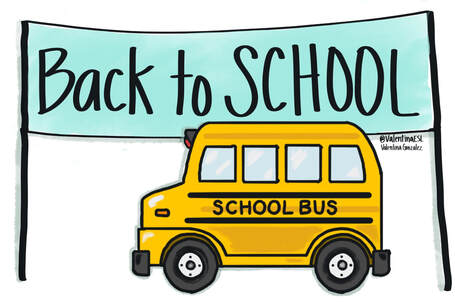



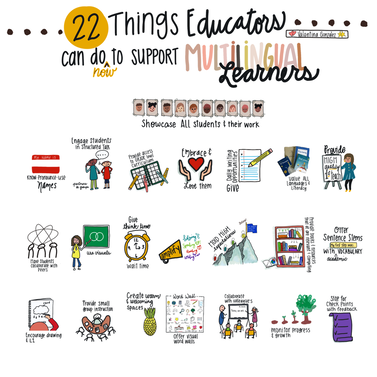
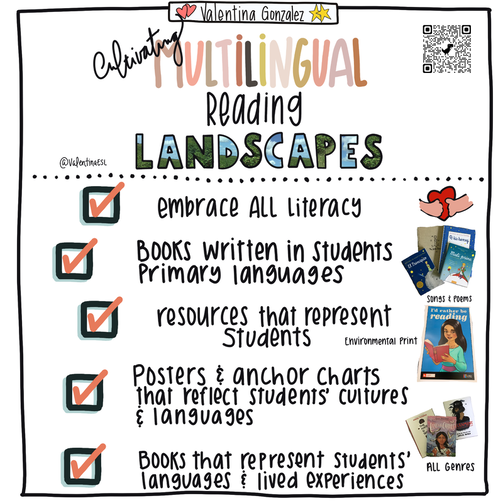
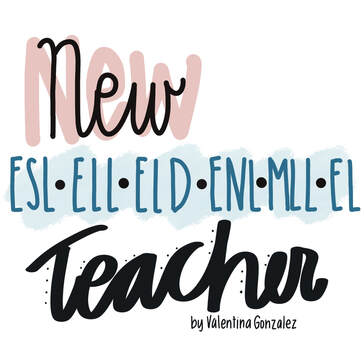
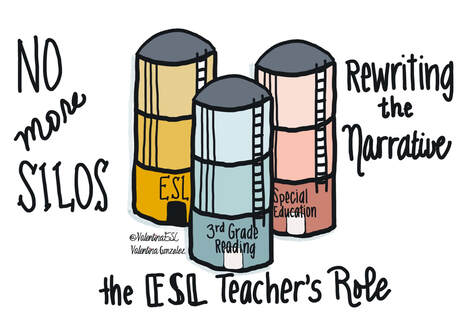
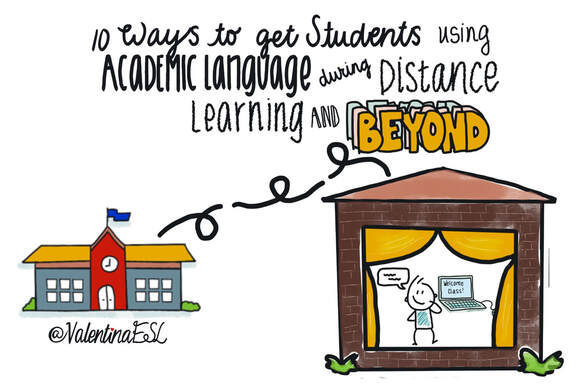


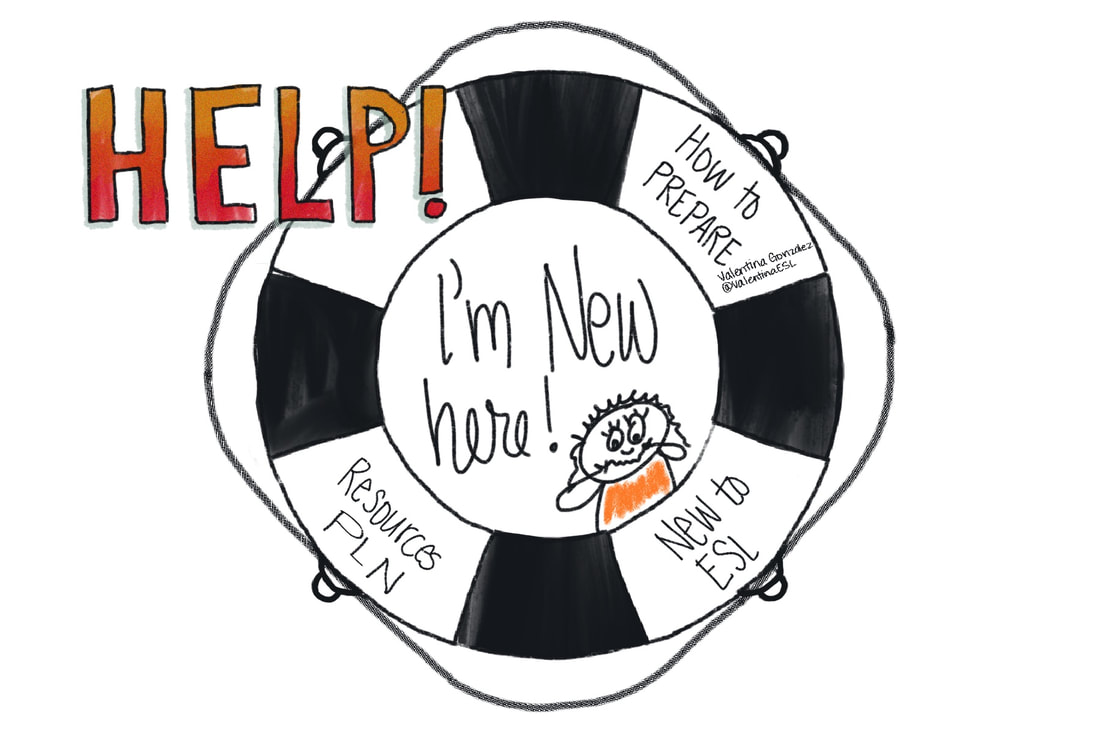
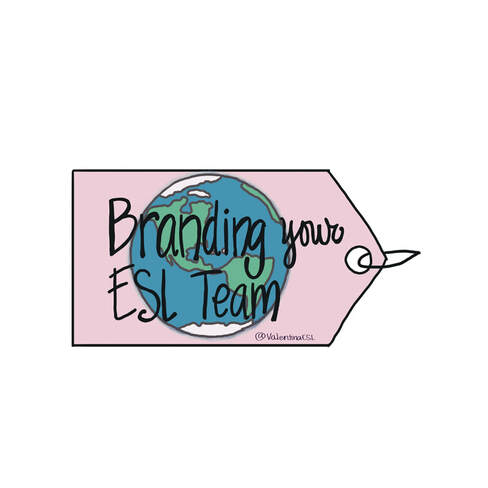


 RSS Feed
RSS Feed
